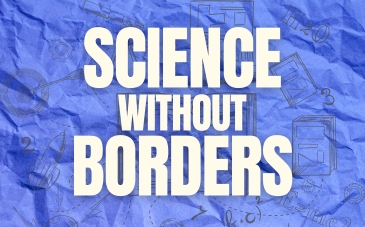Largest disaster in Czechia in decades: What could have been done differently in oil tanker disaster
Czech authorities declared a state of emergency near Hustopeče nad Bečvou on February 28 following a train crash that led to the spread of 1,000 tons of toxic benzene. Olomouc Governor Ladislav Okleštěk stated that the declaration was necessary to expedite the cleanup of the affected soil and water. But what could have been done better in dealing with the disaster?
Czech Environment Minister Petr Hladik commented that the situation at the accident site was worsening quickly. He reported that a water well contaminated with benzene was discovered in the area shortly after the crash, highlighting the urgency of addressing the issue to protect drinking water sources.
Efforts to remove benzene from water sources are already underway. Specialists have been assigned to dig numerous remediation pits between the railroad tracks and the affected lake, while Larsen walls are being installed at depths of seven meters to prevent the further spread of benzene.
Czech Radio spoke to Luděk Bláha from the Faculty of Science of Masaryk University to discuss ways to mitigate the environmental disaster:
“I think the steps being taken there at the moment are the best possible given the situation. The only thing I've seen in the media that could be done more quickly is the direct extraction of the soil.
"The amount of benzene released into the soil after the accident is truly enormous. The benzene either remains in the surface layers of the soil or tends to seep into the lower layers, as we are already observing. This seepage is moving into the neighboring lake and then toward the Bečva River. So, I believe everything possible is being done, but direct dewatering and aeration of the soil would help improve the situation a bit further."
Professor Bláha also pointed out that the greatest risk comes from the groundwater which flows in a similar direction, making the spread that much faster:
“It’s important to remember that the Bečva River, which flows just a few tens or hundreds of meters from the accident site, is only a surface stream and provides limited insight into what’s happening underground. While the river flows above ground, the groundwater beneath it moves in a similar direction. So, the benzene, although spreading passively from the release point, is also being drawn downward by the movement of the groundwater and carried to other areas.”
The contamination is already spreading quickly, as elevated benzene levels have been detected in a nearby well just one month after the accident. The professor commented that it seems clear that the benzene has likely already reached the area. It is spreading both through passive diffusion from the site and through the movement of underground water.
Professor Bláha also explained the extraction process:
“The technology for removing it is relatively simple, and it involves aeration. By introducing oxygen and air into the soil, the benzene is released into the air, where it has a significantly shorter lifespan. In the air, its half-life is roughly eight to fifteen hours, whereas in the soil, it can last for up to three months. So, once it enters the air, it degrades much more quickly.”
The nearby lake also faces potential environmental threats, with reported concentrations that are 400 times higher than safe limits, reaching up to 20 milligrams per liter, while the established limit is 50 micrograms per liter.
Following the accident, most of the 17 train carriages caught fire, and approximately 350 tonnes of benzene leaked from the tankers, which had been carrying a total of 1,020 tonnes, with a significant amount seeping into the groundwater.
Olomouc Governor Ladislav Okleštěk estimates the damage caused by the benzene tanker fire to be around CZK 1 billion (€40.1 million). The state of emergency declaration will remain in effect for one month, until April 27.









